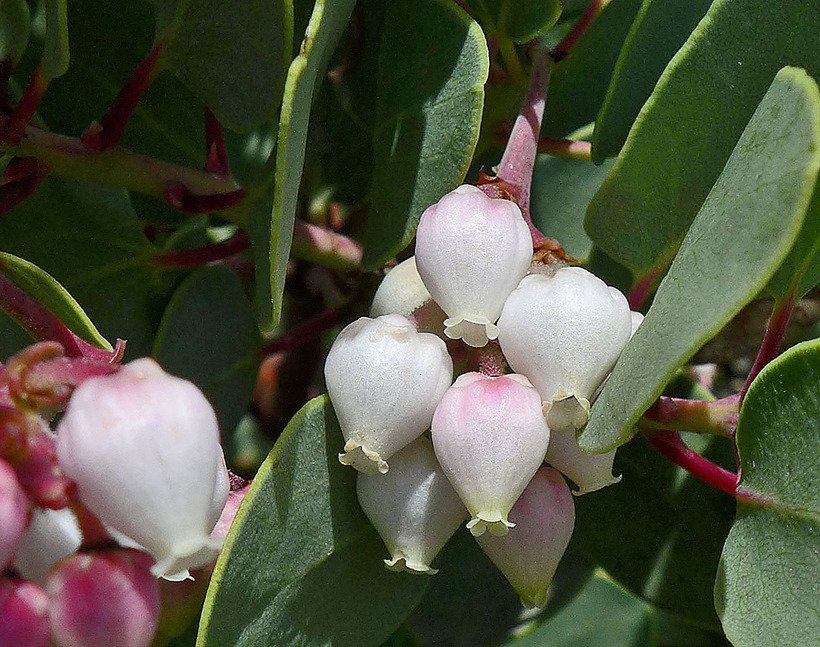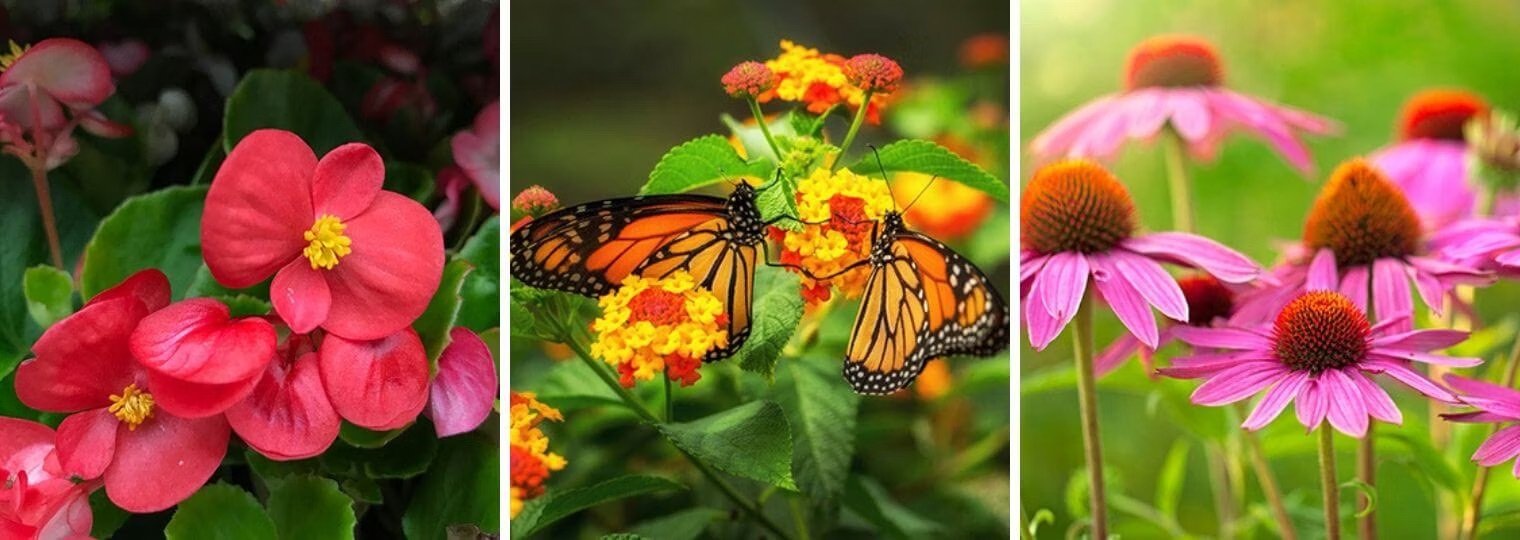🌻Summer Garden Care🌻
As the days get warmer, it can become more difficult to care for your garden. It can be even more confusing to understand how to care for native plants in high heat. Below is a list of resources to help you keep your cool and enjoy the process.
In the video above, Chip Grubbs, Horticulturist at CalBG, shares insight into general summer care for both newly planted and more established plants, watering techniques, summer pruning, and typical maintenance. Look ahead to the next planting season and get tips on garden additions that look great throughout summer, others that are summer dormant, and how to expand your microhabitat for summer wildlife.
LA Times shares 20 California native plants that will look gorgeous during the summer.
“…there are yard-worthy native plants that bloom in the summer, or just look super no matter the season, so when you’re planning your new low-water garden, here are a few quick-growing natives to consider, as recommended by Tim Becker, horticultural director of the Theodore Payne Foundation, and Evan Meyer, the foundation’s executive director.”
“The heat and lack of summer rains require the California native plants in our garden to adapt in some way. If our drought-tolerant plants have received typical winter and early spring rains of about 18 inches, then in theory they will survive until the next winter rains. It doesn’t mean the plants look nice, however.”
Ceonothus Thyrsiflorus. Photo by John Doyen.
“Although they may go through a period of dormancy and survive without summer water, most native plants look better with judicious supplemental water. Another consideration is that extremely dry plants pose a fire danger. Some gardeners aim to shorten the period of summer dormancy by extending the watering period in the spring and fall. But it is important not to waste water by overwatering plants, particularly during drought conditions.”
Big Berry Manzanita. Photo by Neal Kramer.
The Living Wild Project gives tips on where to plant natives in your garden in order to thrive during the hot summer months.
“The logical remedy for heat stress is to reduce the heat exposure of the plant. Observe if wilting occurs during mid-day, with the plant recovering when the temperature drops at night. This may occur even if the plant has adequate moisture. Examine the soil to be sure it is damp below the surface in spite of the surface looking dry. If it is a recent planting, be sure that the rootball isn’t drying out. A shade cloth will provide cooling if symptoms seem extreme. Sometimes the solution is simply putting “the right plant in the right place,” knowing the microclimates of your property and providing sensitive plants shade from other plants or buildings and protection from drying wind exposure. Knowing a plant’s native habitat helps us in planning where to put the plant in our own landscape.”
Gardening in LA shares what happens when plants begin to stress out during a hot spell.
“Hot weather has finally arrived, and plants as well as people are suffering. Neither of us had a chance to acclimate, so we’re all feeling the brunt of the heat. While mid-80-degree temperatures may feel slightly warm but still comfortable to people, vegetables like tomatoes, and peppers, and eggplants (they’re in the same family) can’t complete the pollination process then. And, in the low-90s, beans stop producing blossoms altogether.”
Summer Winds Nursery lists the best plants to handle California’s summertime heat.
“Which natural qualities come together to help a plant thrive in full sun? Heat-resistant species usually come from parts of the world near the equator. Plants that originated in equatorial regions of Africa, Asia and Latin America can survive a wide variety of conditions that would often kill species from cooler environments. Because of their adaptive traits, they tolerate direct sun without drooping or withering. In fact, some can only reach their full potential in direct sun, bursting into bloom this time of year.”
Treehugger has a list of Do’s and Don’ts for gardening in a heat wave. From mulching to watering methods, here's what will help—or harm—your garden when the temperature soars.







